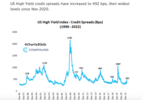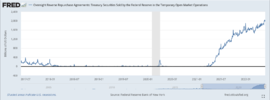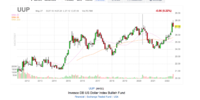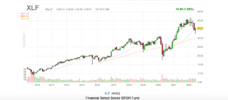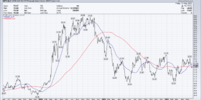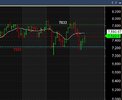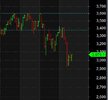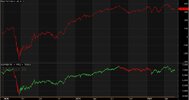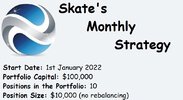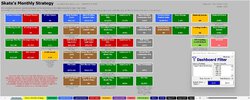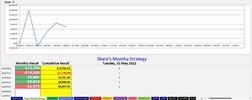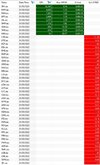- Joined
- 28 December 2013
- Posts
- 6,392
- Reactions
- 24,319
Systematic trading
They tell us everything can be answered by mathematics. The answer to the "Ultimate Question of Life, the Universe, & everything else" is (42) but unfortunately, no one knows what the question was.
The issue I have with trading systematically
Is that I'm dealing with Human Nature, logical people making illogical decisions. I also believe the market is driven more by FEAR than anything else. Combine the last few posts & it becomes clearer why trading has been turned on its head since February 2020.
Skate.
They tell us everything can be answered by mathematics. The answer to the "Ultimate Question of Life, the Universe, & everything else" is (42) but unfortunately, no one knows what the question was.
The issue I have with trading systematically
Is that I'm dealing with Human Nature, logical people making illogical decisions. I also believe the market is driven more by FEAR than anything else. Combine the last few posts & it becomes clearer why trading has been turned on its head since February 2020.
Skate.

